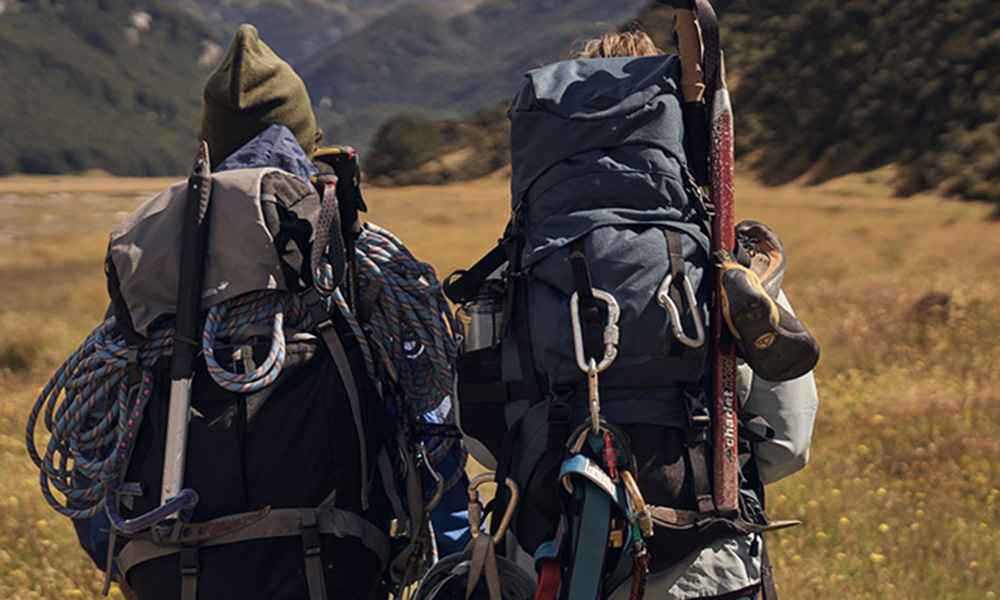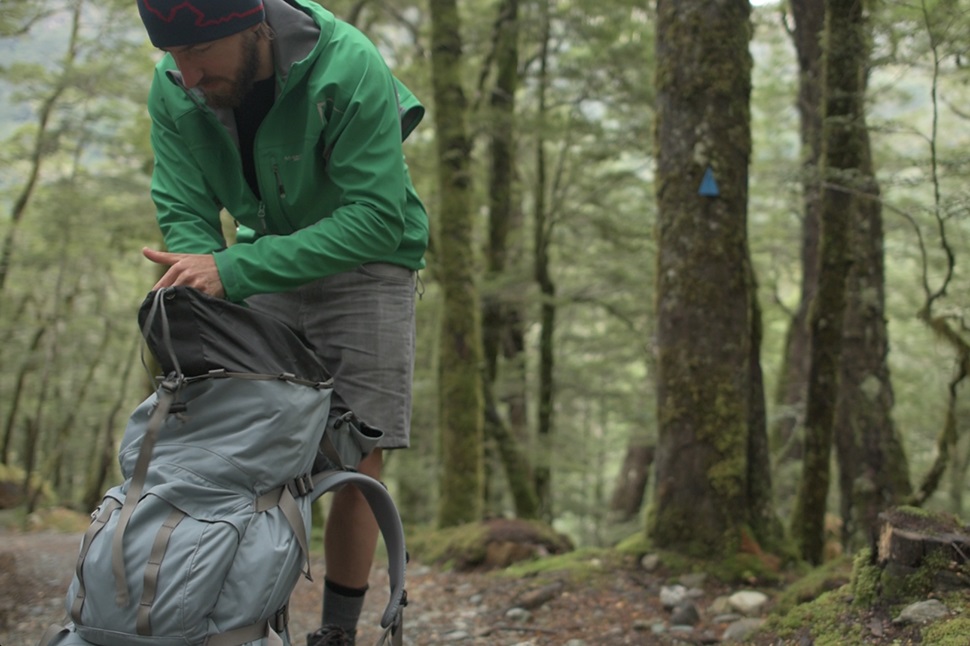| Your browser is not supported. | ||
|
Please browse our site using any of the following options:
| ||
Choosing a Hiking Pack

Choosing the right backpack for your trip is essential for any hiking adventure as it will be your companion, even your house, accompanying you around the world.
But if it's too big, you'll have too much extra weight (uncomfortable) - too small, you'll never fit anything in (impractical) - pick the wrong material, your items will be soaked when it rains (extremely annoying). There are so many options out there that it can be very confusing!
Read on to learn the few important considerations to take note of to ensure you choose and purchase the right pack for your next hiking adventure.
Style
First, you will most definitely want an internal frame travel backpack. There will be no need to attach things to the external frame unless you are primarily camping and carry bulky items like a bedroll. Internal frame packs keep everything self-contained and are definitely the most popular style for travel.
An internal frame backpack usually includes a large integral compartment on the bottom for your sleeping bag. This provides greater protection from the weather (since the bag is actually inside the backpack) and eliminates the chance of the sleeping bag being lost or damaged while hiking. In wetter conditions, this is a major benefit.
Many internal frame backpacks use compression straps to compress the backpack if it is not fully loaded. The compression straps eliminate the extra space by compressing the entire load into a smaller, tighter package and prevent load shift.

Size
Next, you will have to decide on the size. Carrying too much on your backpacking trip will drastically alter your experience (not for good!) and packing too much is the number one mistake that all new travellers make. You can avoid the chances of packing too much by choosing a smaller backpack - it simply won't fit!
50-80 litres is the most popular size for extended budget travel trips such as gap years, but if you can get away with a smaller backpack - do it! Remember, never leave the house with a backpack completely full, it will never work! You will actually be better off buying a slightly larger pack and not filling it to capacity.
An alternative option which works well is to buy a larger main pack and putting a smaller, collapsible day pack inside of it. That way you only have one bag to carry until you can drop the larger backpack and switch to the smaller day pack.
Durability
The two critical features on any backpack that are most prone to wear and tear are the straps and zippers. Look for double stitching, good quality metal zippers, and buckles that don't feel flimsy or fragile. You can pretty well judge how prone a zipper is to locking up just by trying it a few times back and forth.
Good backpacks have ventilation systems or netting that keeps the load off of your lower back so that your clothes will not sweat through. While this certainly helps comfort, do take more care as these are slightly more prone to getting torn up than just a simple back pad.
Fit
Along with capacity, you will have to decide on a size (small, medium, large, extra-large) for the pack frame itself. Most men will end up with a "large" pack while women choose "medium" framed packs. Look for specific brands or backpacks that specialise in 'women's fit' styles that fit on a woman's shoulders, rather than just making their packs smaller.
Regardless of the brand, size, or capacity - a backpack should be fitted to your body and feel comfortable when loaded with at least 25kg (don't worry, this is only a test method - you might not be carrying this much weight!). The average weight of a backpacker's pack is between 12 - 15kg.
Side or Top loading
This depends entirely on preference and backpackers will debate it to the end.
Top loading packs are the most popular, but everything packs into them in a linear fashion so you have to pack based on when you will need to access things. See here for tips on filling a pack like this.
Side loading packs open like a duffel bag, allowing access to all the contents in exchange for slightly more awkward handling.
There is no "perfect" decision - it all depends on your personal preference!
There are many brands and styles out there, so apart from the few important considerations listed above, the rest is up to your style of travel and preference.